Specifications
| book-author | Tadeusz Sawik |
|---|---|
| publisher | Springer; 1st edition |
| file-type | |
| pages | 349 pages |
| language | English |
| asin | B073M1CH9H |
| isbn10 | 3319588222 |
| isbn13 | 9783319588223 |
Book Description
Supply Chain Disruption Management Using Stochastic Mixed Integer Programming is a PDF booklet that focuses specifically on the management of disturbed flows in customer-driven supply chains. It discusses stochastic combinatorial optimization problems in supply chain disruption management. In order to handle risk-neutral, risk-averse, and mean-risk decision-making in the presence of supply chain disruption concerns, the problems are addressed using a scenario-based stochastic mixed integer programming. This electronic textbook focuses on novel and computationally efficient portfolio approaches to the management of supply chain disruptions, such as the selection of primary and recovery supply portfolios, capacity portfolios, demand portfolios, and so on.
Numerous computational examples are used throughout the book to demonstrate the information that is delivered as well as provide managerial insights. These examples are patterned in part on actual supply chain disruption management situations that have been encountered in the real world. The proposed mathematical programming models are solved with an advanced algebraic modeling language such as AMPL and GUROBI; CPLEX; and XPRESS solvers in the computational examples. The reader will have the ability to solve and model problems related to supply chain disruption management by using software that is commercially available for mixed integer programming thanks to the information and tools that are offered in the ebook. The monograph can also be utilized as an electronic textbook for a more advanced level supply chain risk management class by making use of the problems and exercises located at the end of each chapter.
The PDF ebook is broken up into its five primary sections after the initial chapter that serves as an introduction. Part I discusses the process of selecting a supply portfolio; Part II examines the integrated process of selecting a supply portfolio and scheduling; Part III investigates the integrated process of selecting a supply portfolio and scheduling that is equitably efficient; Part IV investigates the integrated process of selecting primary and recovery demand (and supply) portfolios and scheduling; and Part V discusses the management of disruptions to information flows in supply chains.
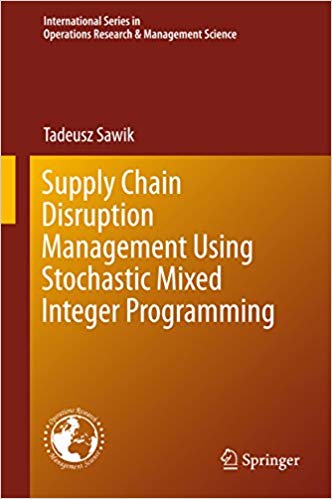

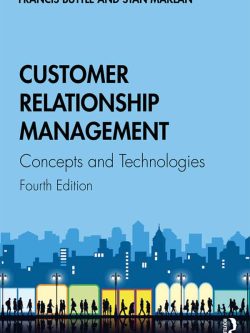
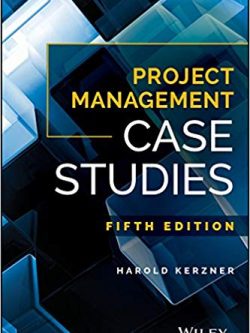
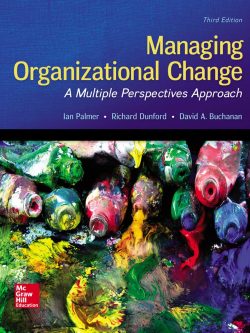







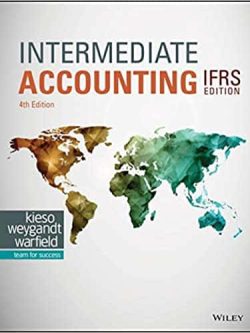
Reviews
There are no reviews yet.